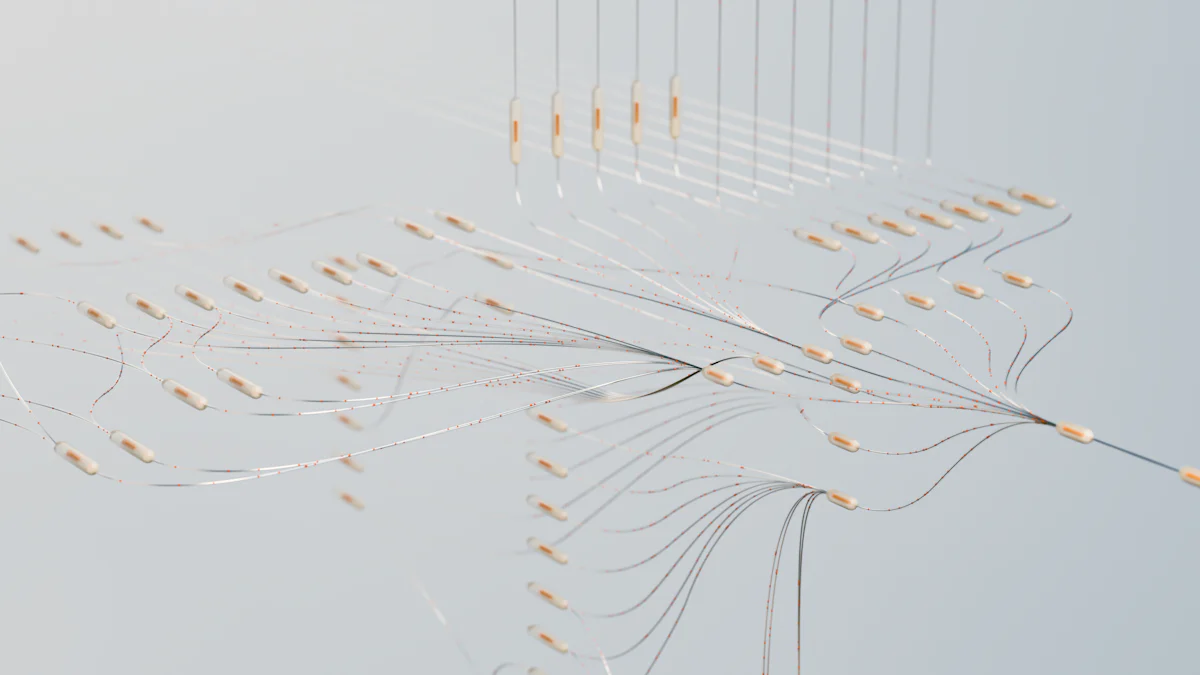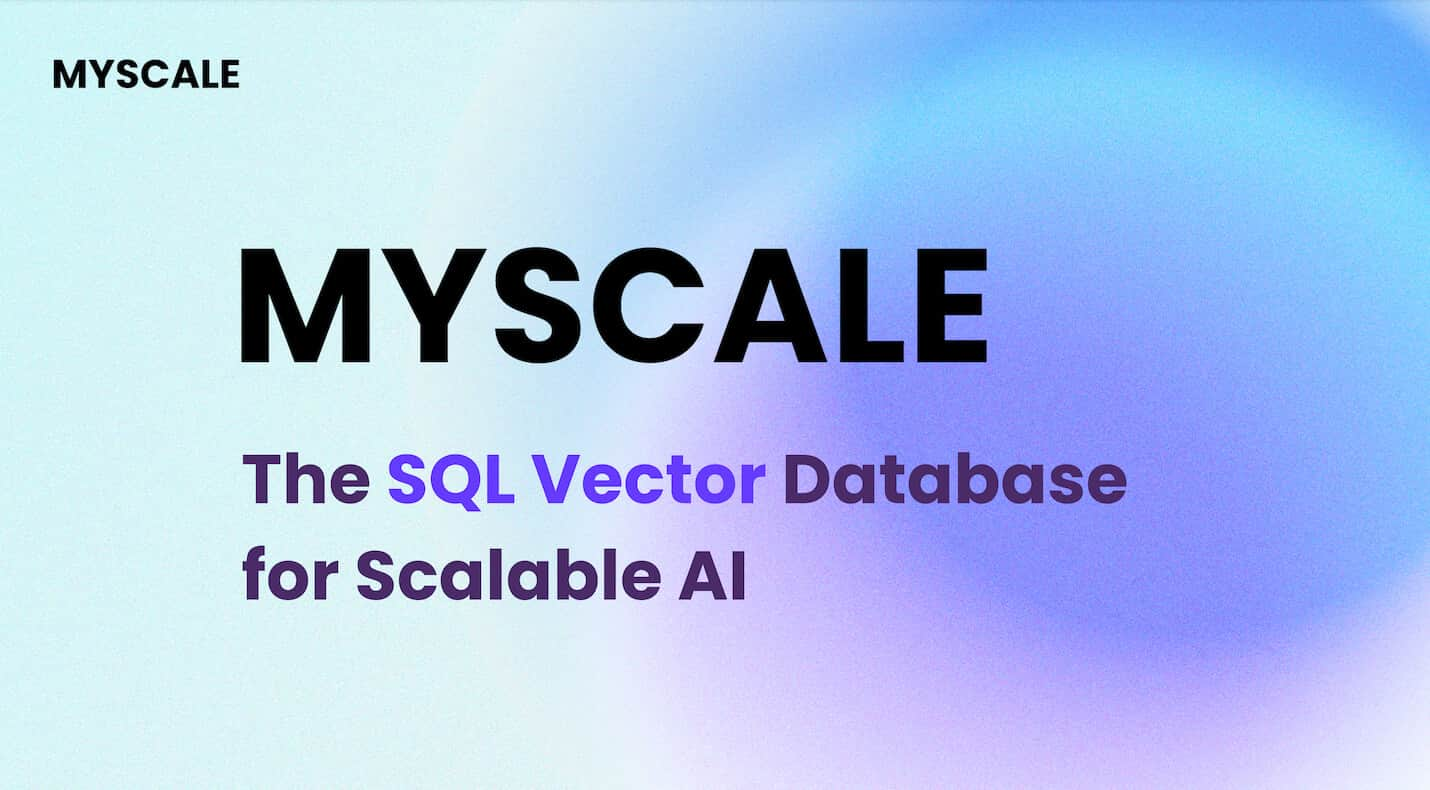
In the realm of machine learning, diffusion models (opens new window) stand out as powerful tools for generating data akin to their training set. Understanding both the theory and practice behind these models is crucial for unlocking their full potential. By delving into the intricacies of diffusion models, companies can make more informed decisions, potentially boosting revenues by 10-15% (opens new window). These models play a pivotal role in AI, enabling machines to create new data samples algorithmically for diverse applications like data augmentation (opens new window) and creative content generation.
# Theory of Diffusion Models
Diffusion models distinguish themselves from other generative models (opens new window) through their unique approach to learning data distributions. Unlike traditional methods, diffusion models employ a gradual noise addition and removal (opens new window) process to uncover the underlying structure of training data. This distinctive feature allows them to excel in generating diverse datasets with precision and accuracy.
When comparing diffusion models to other generative techniques, several key differences emerge. While some models focus on capturing complex conditional distributions (opens new window) or optimizing intricate loss functions, diffusion models prioritize understanding the denoising process directly from noisy data. This emphasis grants them fine-grained control (opens new window) over the generation process, ensuring stability during training (opens new window) without succumbing to issues like mode collapse (opens new window).
Moreover, diffusion models have established themselves as a state-of-the-art family of generative models due to their efficient resource utilization. In contrast to traditional methods such as GANs and VAEs, diffusion models require fewer computational resources (opens new window) while delivering exceptional results in image generation (opens new window) tasks.
The iterative nature of diffusion models, akin to the gradual spread of information (opens new window) in a diffusion process, sets them apart from conventional generative approaches that draw data from simple distributions. This iterative strategy enables diffusion models to learn the intricate details of data diffusion (opens new window), contributing significantly to the evolution of generative modeling techniques.
# Practical Applications
# Image Generation
Diffusion models have revolutionized the field of image generation by leveraging their unique approach to learning data distributions. By gradually adding and removing noise, these generative models can create high-quality images with precision and accuracy. Notable examples like DALL-E (opens new window), Midjourney (opens new window), and Stable Diffusion (opens new window) showcase the diverse applications of diffusion models in generating visually stunning content.
# Data Transformation
In addition to image generation, diffusion models play a crucial role in transforming data into various forms across different industries. From art to videos, music, and scientific research, these models offer a versatile solution for manipulating and creating new data samples. Their ability to learn the latent structure (opens new window) of datasets enables them to generate diverse and detailed content efficiently.
# Latest Diffusion Models
The latest advancements in diffusion models continue to push the boundaries of machine learning. These cutting-edge developments have a significant impact on the field, driving innovation and opening up new possibilities for generative modeling techniques. With ongoing research and experimentation, the future looks promising for the continued evolution of diffusion models in machine learning.
# Future of Diffusion Models
# Potential Developments
Neuroflash Experts, specializing in Generative AI, emphasize the bright future of diffusion models. Ongoing research promises new techniques, applications, and breakthroughs. As a powerful tool within generative AI, these models are set to revolutionize data generation and analysis across various fields. Staying updated with the latest advances and actively participating in their development can harness their capabilities for driving innovation.
Emphasizing the significance of diffusion models in machine learning is paramount for advancing generative AI capabilities. By understanding the intricate details and practical applications of these models, companies can unlock new avenues for data generation and transformation. The journey from theory to practice showcases the evolution and potential impact of diffusion models in various industries. Looking ahead, continuous research and innovation will drive further advancements, shaping the future landscape of machine learning with diffusion at its core.



